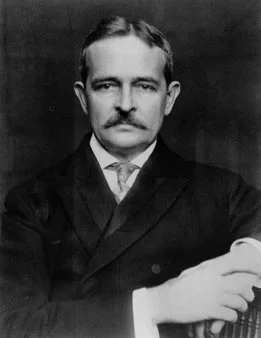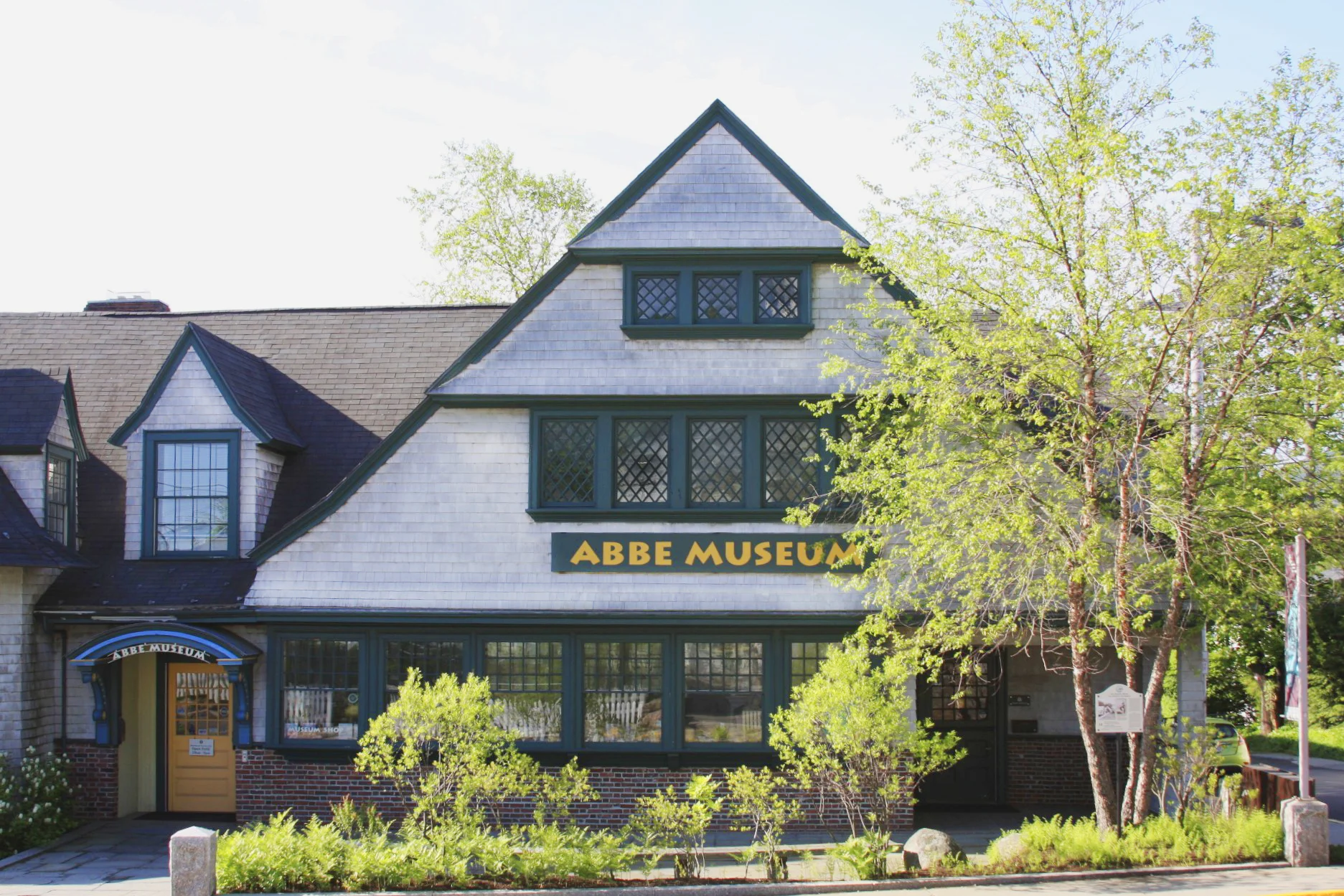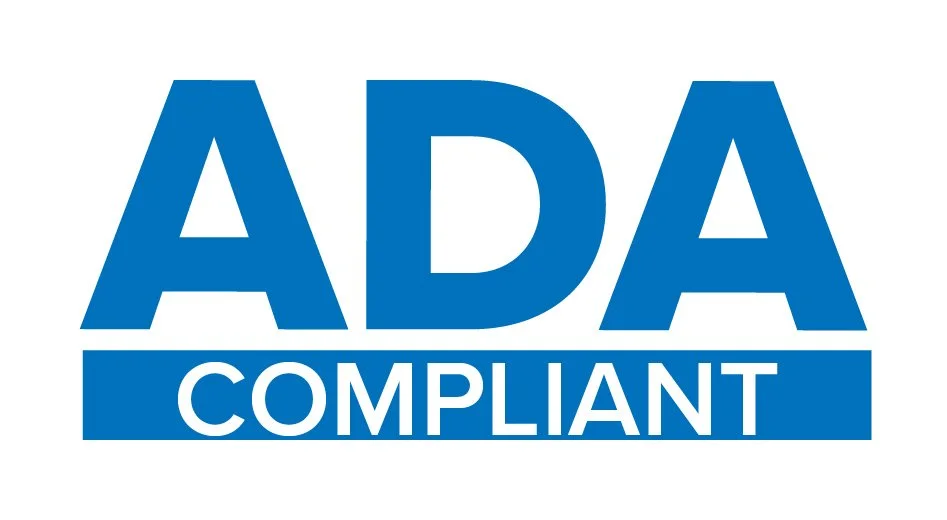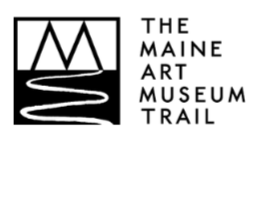Origins of the Abbe Museum
The Abbe Museum was founded in 1926 and first opened to the public in 1928. The museum is named for its founder, Dr. Robert Abbe (1851-1928), an eminent New York physician known for his pioneering use of radiation therapy. A beloved summer resident of Bar Harbor, during the 1920s Dr. Abbe assembled a collection of early Native American artifacts found in the Frenchman Bay area. He persuaded others with similar collections to join him in establishing a museum that would protect these objects and display them for public education and enjoyment. Early supporters included George B. Dorr, "the father of Acadia," and John D. Rockefeller, Jr.
The museum opened as a private museum at Sieur de Monts Spring in Lafayette National Park (later renamed Acadia National Park) on August 14, 1928. It was dedicated to the memory of Dr. Abbe, who had died in March of that year.
Dr. Robert Abbe
Also in 1928, the Abbe became the first institution in Maine to sponsor archaeological research. The Museum continued to conduct extensive excavations and later expanded its archaeological research throughout Maine. It is now the main repository for archaeological collections from the midcoast region.
A Contemporary Role
From the initial focus on archaeology, the Abbe soon expanded its scope to include ethnographic materials from the 17th through 20th centuries. In 1931, Mary Cabot Wheelwright, founder of the Wheelwright Museum of the American Indian in Santa Fe, donated an important collection of Native American baskets and other objects. Other major basket collections have been given to the Museum, and as a result, the Abbe Museum holds the largest and best documented collection of Wabanaki basketry. The Museum also has acquired an extensive contemporary collection documenting the continuing Wabanaki artistic traditions in Maine. The Abbe's collections now represent 12,000 years of Native American culture and history in Maine, and its conservation program has been recognized nationally as a model for museums.
As the collections grew, the Museum also expanded its educational role. Small exhibits on subjects such as basketmaking and the Museum's founding complemented the displays of archaeological artifacts. The Abbe also developed publications to share its scholarship with a broader audience. The Museum began collaborating with the Wabanaki Nations and, during the 1980s and 1990s, mounted exhibitions on themes such as the birchbark art of Tomah Joseph. The 70th anniversary exhibition Beads, Bones, and Ancient Stones was favorably noted in The New York Times. During recent decades, the Wabanaki Nations have become increasingly involved in all aspects of the Museum, including as curators of exhibits, as well as in all aspects of policy-making on a majority-Wabanaki Board of Trustees.
By the 1990s, the Abbe's 2,000-square-foot museum at Sieur de Monts Spring had become inadequate to house the growing collections and provided no space for indoor programs, changing exhibitions, or research. Because of its location, it could only operate seasonally. In 1997, the Abbe purchased the former YMCA building in downtown Bar Harbor. A $6 million capital campaign enabled the Abbe to renovate and expand the 1893 landmark to create a 17,000-square-foot museum with spacious exhibition galleries, indoor and outdoor program spaces, a research lab and state-of-the-art collections storage.
The Abbe opened its downtown museum on September 29, 2001, with permanent and changing exhibitions including the major installation of Wabanaki: People of the Dawn. All exhibitions at the Abbe are accompanied by a variety of educational programs for adults and families. The Abbe downtown location presents special programs for school groups designed to meet the objectives of Maine Learning Results. It serves the community year-round, while the trailside Abbe at Sieur de Monts Spring is open seasonally from mid-May to mid-October.










